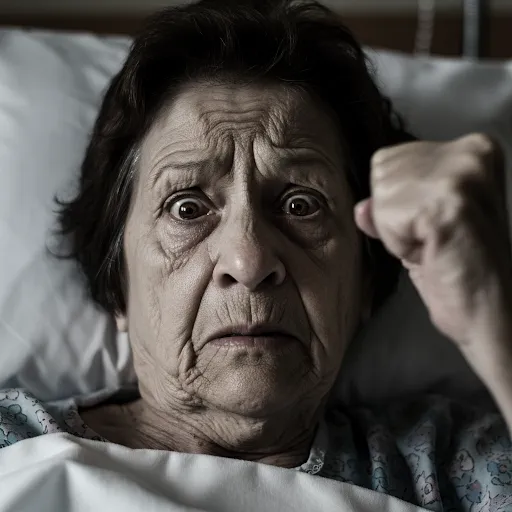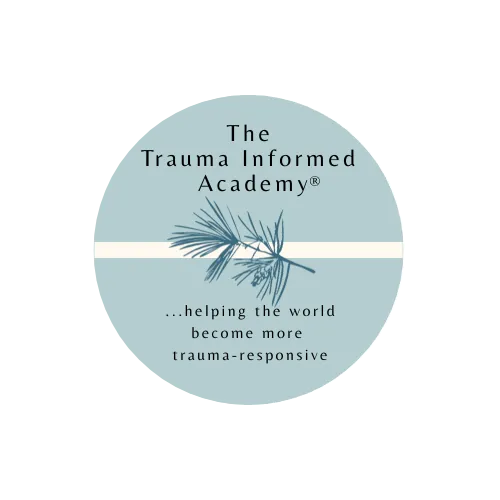

Uh-oh!
F-699’s focus on identifying and addressing resident trauma leads facilities to create individualized trauma-based care plans. In doing so, they fall into a trap: reducing trauma-informed care to a list of events, triggers, and responses—collected from the resident, if they can speak, or from staff observations.
This checklist approach, while compliant, misses the heart and soul of trauma-informed practice. It also places the burden of “fixing” trauma on a resident-by-resident basis, without considering the ecosystem in which care happens: the culture, the staff, the rhythms of relationship and rupture that define daily life in LTC.
In reality, most of our elders won’t volunteer their trauma histories—because they’ve lived entire lives under a cultural mandate to not speak of such things. And most staff won’t recognize that their own histories of being overwhelmed are just as relevant to the care equation.
Our model at The Trauma Informed Academy starts with an impact-based definition of trauma, rather than a list of named events. We say this:
“Everyone has seen, heard, or experienced something that overwhelmed them to the point of thinking they might be badly injured, lose their minds or die—even if only for a moment.”
And when we acknowledge that truth, a powerful shift begins. Trauma isn’t something some people have. It’s part of being human. We stop asking, “What happened to you?” and begin asking, “How were you changed by what happened?”
That includes the resident who startles when someone enters the room too quickly—and the CNA who flinches at raised voices. It includes the nurse whose smile never quite reaches her eyes anymore, and the administrator who has learned to function in numbness. The truth is, we’re all walking around with emotional scar tissue. Some of us just have better armor. And all of us, except the resident or patient, have more power.



Email our Admin:
©Copyright 2025 EPower & Associates, Inc. All Rights Reserved.
Privacy Policy | Terms of Use
Featured On...


